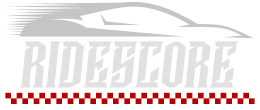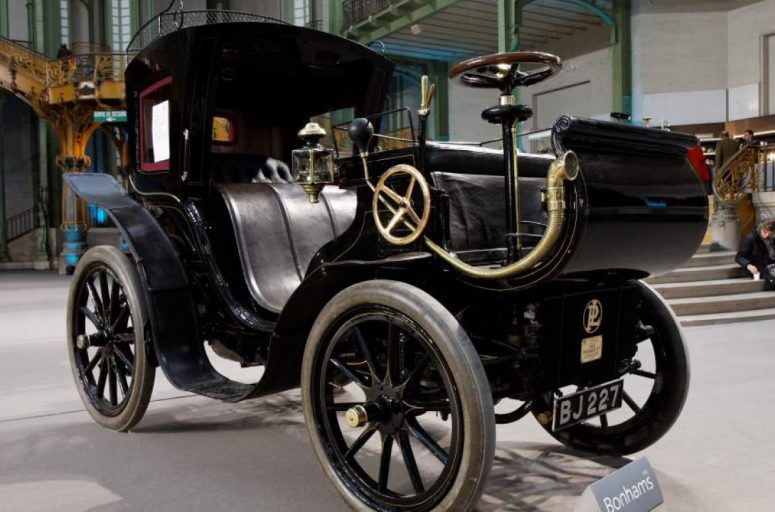Several varieties of the Pratt-Whitney R-2800 Double Wasp radial engine were used in the Corsair plane. Some used a water-methanol injection to increase the power for short sprints. This was called “War Emergency” power and had a suffix “W” after the dash number of the engine. During the Korean War, there were modifications to cope with the extreme cold encountered in that theater. These were designated with the suffix “L” (for “Low” [temp]).
The XF4U-1 was of course the original prototype with a greenhouse type canopy and the Pratt-Whitney R-2800-4 radial which delivered 1,850 hp (1,380.6 kW) for take-off and 1,460 hp (1,089.6 kW) at 21,500 feet (6,553.2 meters). It had two .50 cal. (12.7 mm) Colt-Browning machine guns mounted in the nose and each wing held two more for a total of six. Its top speed was 405 mph (651.77 kph). It weighed in at a maximum 10,074 pounds (4,569.4 kilograms) and had a range of 1,070 miles (1,722 km). The F4U-1 was the first production type. It started rolling off the assembly lines in September 1942. The production “dash one” had some changes made to the canopy for better vision to the rear, though this would continue to be a problem until the advent of the “bulged” canopy introduced in the F4U-1A.
The two Colt-Browning .50s mounted in the nose of the prototype were removed and all six machine guns were mounted in the wings outside the propeller arc which eliminated the need for synchronization. The dash one also featured the Pratt-Whitney R-2800-8 engine. Some were produced with “-8W” engines. Both engines produced 2,000 hp (1,492.5 kW) for take-off, with the water injected -8W producing an extra 250 hp (186.6 kW) for war emergency. Suffix letters for the dash one Corsair ran from “A” to “D” and the “P” photo model.
F4U-2 was a night fighter version of the dash one. For reasons known only to the US Navy, instead of calling it the “F4U-1N” (a method it used on all succeeding models), they gave it the dash two designation. The dash one was transformed into the dash two by modifying the starboard wing and the radio bay in the fuselage to accept the “XAIA” (“Experimental Airborne Intercept [model] A”) radar which was hand-built. The starboard wing was modified by removing the outboard .50 cal. (12.7 mm) Colt-Browning and altering the wing to support the radar scanner.
The radio was removed and placed beneath the pilot’s seat and the radar set was placed in the radio bay. There were other slight modifications such as bore sighting the guns to converge fire at 250 yards (228.6 m) and were angled slightly upward so the pilot could fire without bouncing around in the target’s slip-stream. There were no tracers loaded so as not to blind the pilot when firing. The engine was fitted with exhaust flame dampers. After radar installation, the aircraft weighed 235 pounds less than the standard dash one.




